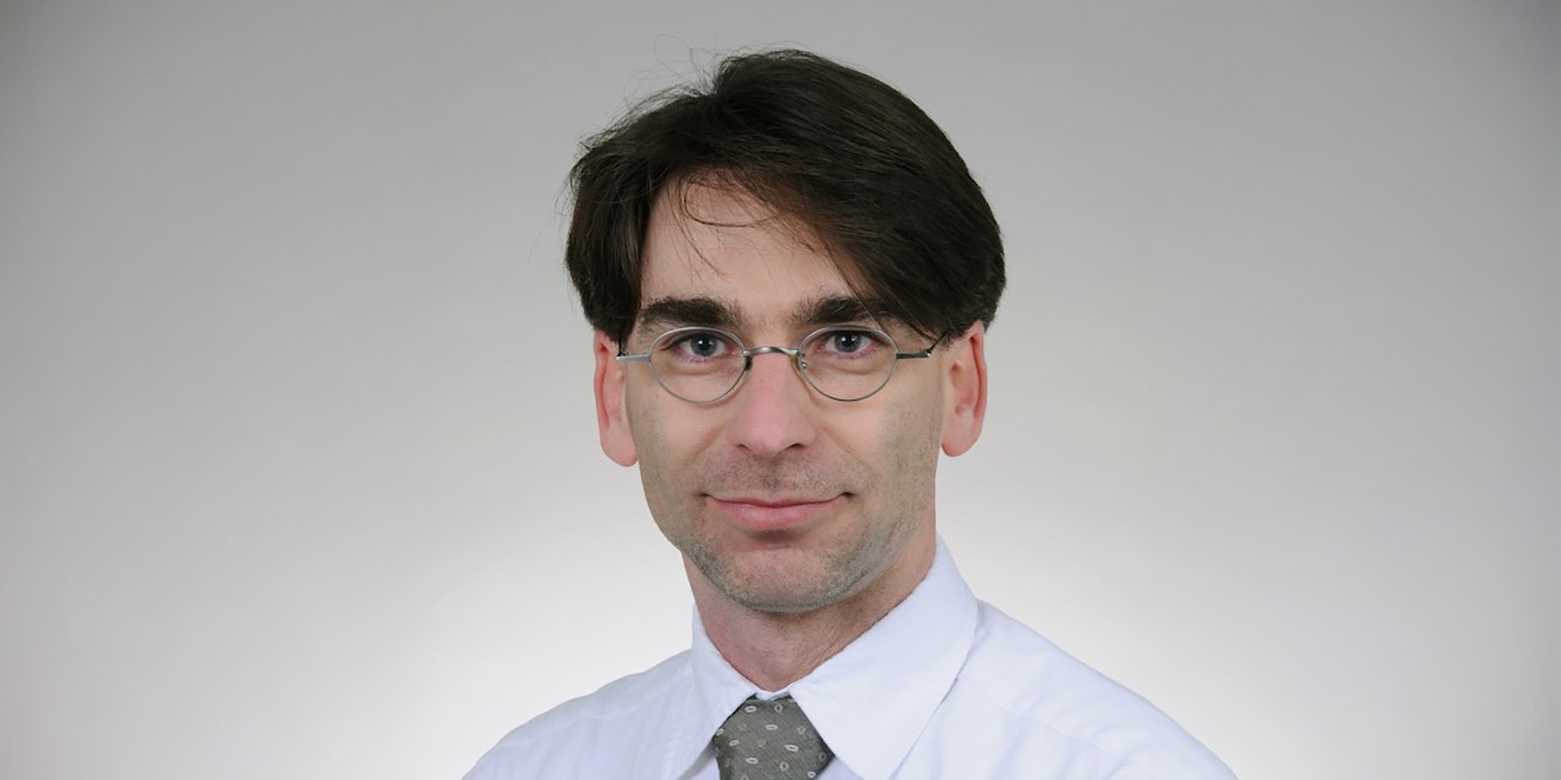A team of three European researchers will develop an imaging method to non-invasively measure the stiffness of moving organs such as the heart. The researchers will be supported by the European Research Council.

In brief
- As part of an European team, Sebastian Kozerke will further develop a medical imaging technique called diffusion magnetic resonance imaging.
- The researchers' project aims to obtain information about the mechanical properties of moving organs.
- Such information is of medical use, as stiffness can change, for example, in the case of inflammation or scarring.
The European Research Council (ERC) has awarded a Synergy Grant to support a project by three researchers, including Sebastian Kozerke, Professor at ETH Zurich and the University of Zurich. The other researchers are based at the Helmholtz-Zentrum Hereon in Hamburg and the Graz University of Technology. The team will be developing a non-invasive method to determine the mechanical properties of moving body tissues such as the heart. The project, called MechVivo, is being led by the Helmholtz-Zentrum Hereon in Hamburg. The ERC is funding the project with a total of around 10 million euros, of which more than 3 million go to ETH Zurich.
The researchers will combine various magnetic resonance imaging (MRI) approaches to obtain high-resolution information about the mechanical properties of tissue, in particular its stiffness. Such information is of medical benefit, as change in stiffness can signal inflammation or scarring, for example.

Kozerke's task within the project is to advance an imaging technology called diffusion MRI. While conventional MRI can provide resolution in the range of one to a few millimetres, diffusion MRI can visualise microtissue structures down to the range of a few dozen micrometres.

In the ERC project, the biomechanics experts at Graz University of Technology will determine the tissue's mechanical properties with fine detail. Machine learning methods will also come into the play to unravel the relationship between these properties and the microstructural MRI data. Researchers from the Helmholtz-Zentrum Hereon will spearhead the development of the necessary machine learning methods.
Digital twin
The method developed in the MechVivo project should make it possible for the first time to obtain information about the mechanical properties of moving organs inside the body non-invasively and with high resolution via imaging. In their first step, the researchers will focus specifically on the heart. While physicians traditionally obtain mechanical information by palpation, this approach is not suitable for examining the mechanical properties of organs deep within the body, such as the heart.
The medical benefits of the new technology will be investigated in a clinical trial at the University Hospital Zurich in patients with heart failure. This disease is characterised by an increasing stiffening of the heart muscle. The method will also be used to develop comprehensive computer models of human organs, which will be of interest for improving diagnosis, disease prediction and, ultimately, the development of new therapies. The MechVivo project begins in 2025 and will run for six years.
Funding from the ERC
The Synergy Grants are one of four funding schemes of the European Research Council ERC awarded to individuals. With the Synergy Grants, the ERC funds collaborative projects involving two to four researchers who complement each other's expertise in order to tackle challenging scientific problems.
In recent years, the eligibility of researchers from Swiss universities to participate in the ERC's funding instruments has been regulated differently: In the case of Synergy projects, the ERC has already allowed one researcher from a third country to participate in a project. Researchers from Switzerland could apply for a Synergy project but were not permitted to be the project leader.
For the past three years, researchers from Switzerland have been excluded from the other three ERC funding instruments for individuals: the ERC Starting, Consolidator and Advanced Grant. As an interim solution, the Swiss federal government enacted corresponding funding measures for which the Swiss National Science Foundation evaluated the projects. Since this summer, researchers from Switzerland can once again apply directly to the ERC for these grants.






